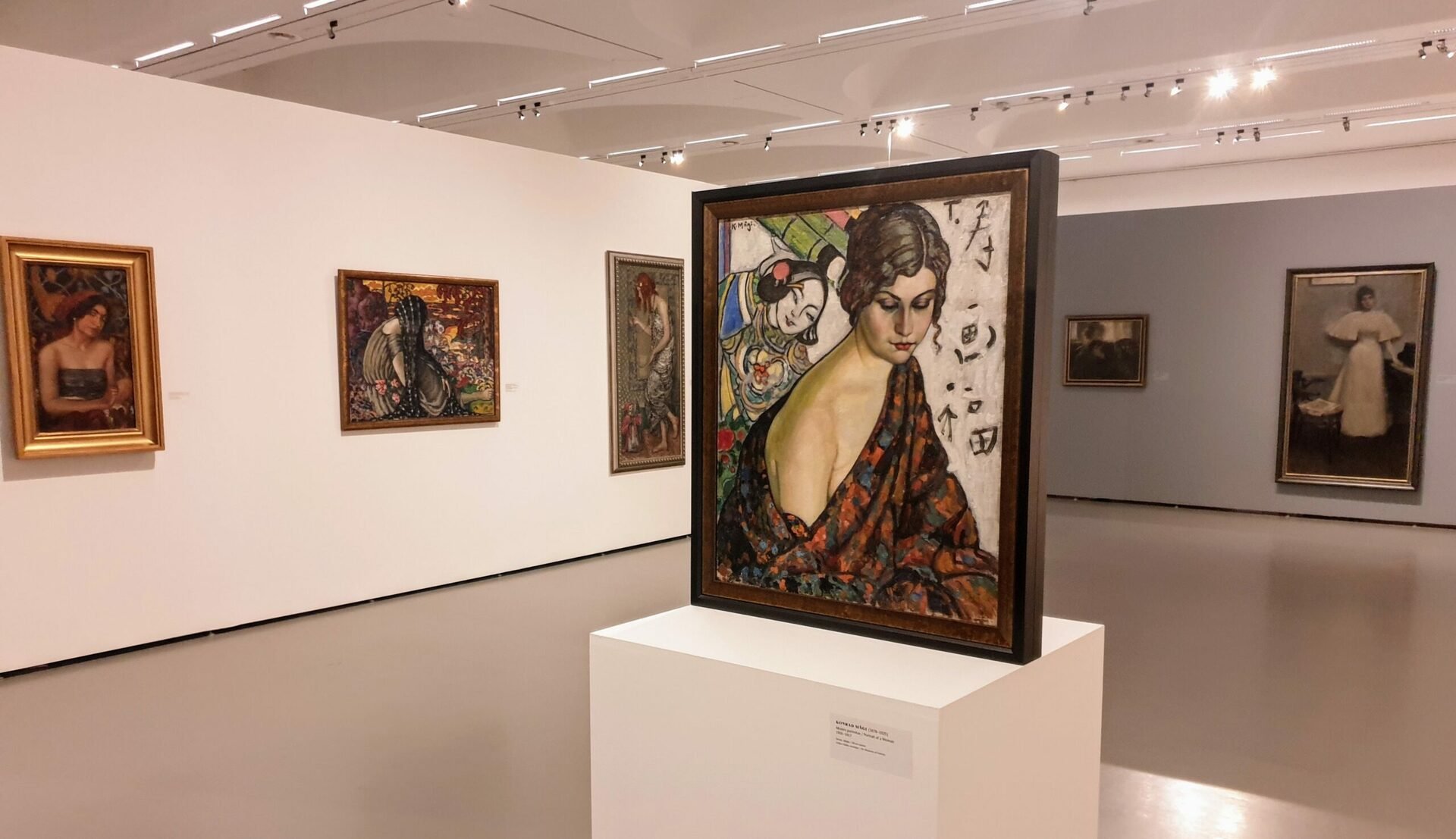In 2018 at the Musée d’Orsay in Paris, “Wild Souls” marked the 100th anniversary of Latvian, Estonian and Lithuanian independence after the World War I; it was the Baltic art introduction to the world. The exhibition consisted of approximately 133 symbolist paintings dating from 1890 to 1930. After being presented in Paris, the exhibit moved to Tallinn. Now and until the 11th of October the exposition is held at the National Art Gallery in Vilnius.
Art historian Algė Andriulytė explains that the title “Wild Souls” comes from the idea of the indomitable spirit. At the time when symbolism was flourishing (late 19th and early 20th centuries), Baltic countries were under political repression. The national awakening was becoming stronger and formed the modern-day countries, where painters were free to express their artistic talent. Inspired artists painted cultural motifs and landscapes of their homelands. Walking in the gallery today takes visitors back in time — the unique style in portraits and landscapes, Baltic folklore and mythology show a part of the culture expressed in symbolist art.
The exhibition on the ground floor of the gallery is divided into three sections: “Legends and Myths,” “Soul” and “Nature.”
Legends and Myths
As you enter the first section of the exhibition, a painting enchanted with colours stands out in the front. It’s “Nec Mergitur” (1904) by Ferdynand Ruszczyc, a highlight of the gallery. The large painting of a ship tossed around, and a dark sea beneath the shining sky depicts painters’ homeland, which refuses to sink while being lurched by the storm of the occupying nations. Besides the vision of political unrest, the painting resembles a fairytale or a mystical legend.
Baltic painters replaced Greek and Roman myths, popular among Western artists, with folklore or Christian motifs and epics. You will see Vikings and brightly coloured battles, a woman carrying a massive stone and a devil-like figure chasing a rabbit. The paintings will bring you to the Baltic legends, thousands of years old, portrayed by modern painters.

How does a Soul look like?
Further down the room the exhibit shifts to an intense atmosphere: double identities, death scenes and desperation. Baltic symbolist art portrayed abandoned human and depressed world. “For symbolism, the aim is not necessarily to express the reality as it is, but to recreate what is intangible,” explains Andriulytė. In this part, you will see agony behind the captured facial expressions. And each painter represented the human soul in their unique style.

Different image of Nature
“Symbolist artists transformed the elements of nature; the painted landscape is also an expression of the human soul and reflects the mood,” says Andriulytė. Here, you will not find the precise representation of the natural sceneries.
One of the most distinctive paintings in this section is by the Latvian painter Johann Walter titled “Birch Forest” (1903). The trees create a restless mood, rhythm, sophistication, instead of a clear image of the trees, there is a mystical birch scenery in the middle of a forest.

A set of lively, bright paintings of nature by Konrad Mägi and Mikalojus Konstantinas Čiurlionis give a beautiful ending to the exhibition.

